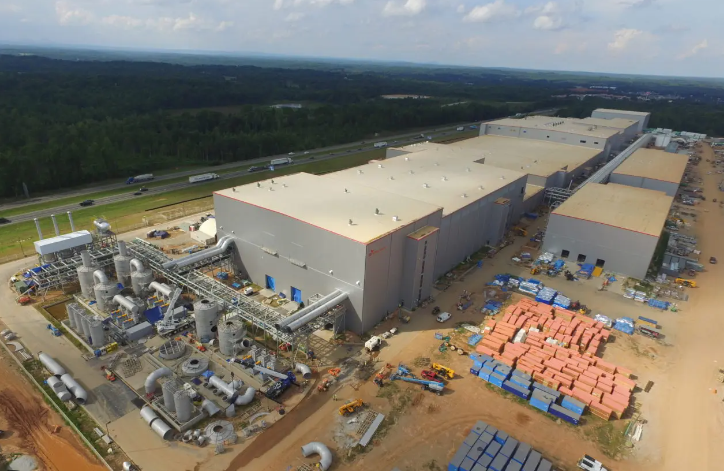
Lessons from First Big U.S. EV-Battery Plant as Industry Booms
Panasonic, a Tesla partner, shares obstacles on its journey to profitability as new players enter the market with the help of government subsidies.
As more and more companies announce plans to invest in large-scale EV-battery factories in the U.S., Panasonic’s experience highlights the challenges and potential pitfalls of such ventures. Despite being a leader in EV-battery production, Panasonic struggled in its early years at Tesla’s Nevada-based gigafactory. The company had to invest significant resources in training workers and adapting equipment to produce the high-quality batteries required for EVs.
One of the biggest challenges for battery makers is the finicky nature of the battery-making process. Even slight exposure to moisture can cause an entire batch of batteries to be thrown out. This means that careful attention must be paid to training workers and ensuring that the production process is tightly controlled to avoid any contamination.
Another challenge for companies looking to build large-scale EV-battery factories in the U.S. is the need for equipment customization. U.S. safety regulations and different operating conditions mean that equipment can’t simply be shipped from Asia and used on American assembly lines. Instead, companies need to invest in custom-built equipment that is specifically designed for use in the U.S. This can be costly and time-consuming, and may require extensive planning and coordination with suppliers and partners.
In addition to these challenges, companies that are looking to collaborate on EV-battery factories must also carefully plan and coordinate their efforts. Squabbles and missed deadlines can easily derail a project, and companies must work together closely to ensure that everything is running smoothly.
Despite these challenges, Panasonic’s experience at the gigafactory also highlights the potential advantages of being a first mover in the EV-battery market. The company was able to establish itself as a leader in the industry, and it has benefited from the growing demand for EVs in recent years.
Overall, companies that are looking to invest in large-scale EV-battery factories in the U.S. must be prepared to invest significant resources in training workers, adapting equipment, and customizing processes to meet local requirements. They must also be prepared to collaborate closely with partners and suppliers, and to navigate the complex regulatory landscape that surrounds the EV industry. Despite the challenges, the potential rewards are significant, and the growing demand for EVs means that there is plenty of opportunity for companies that are willing to take on the challenge.


Average Rating